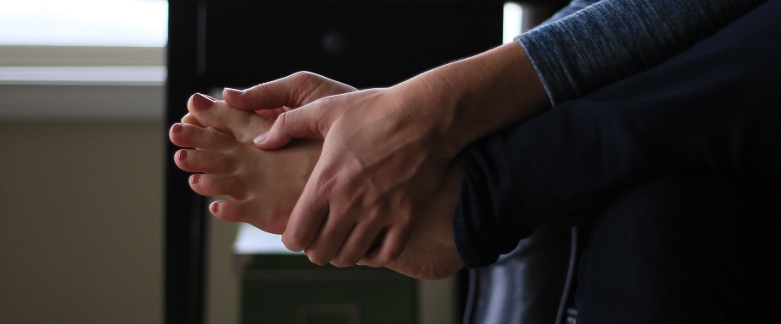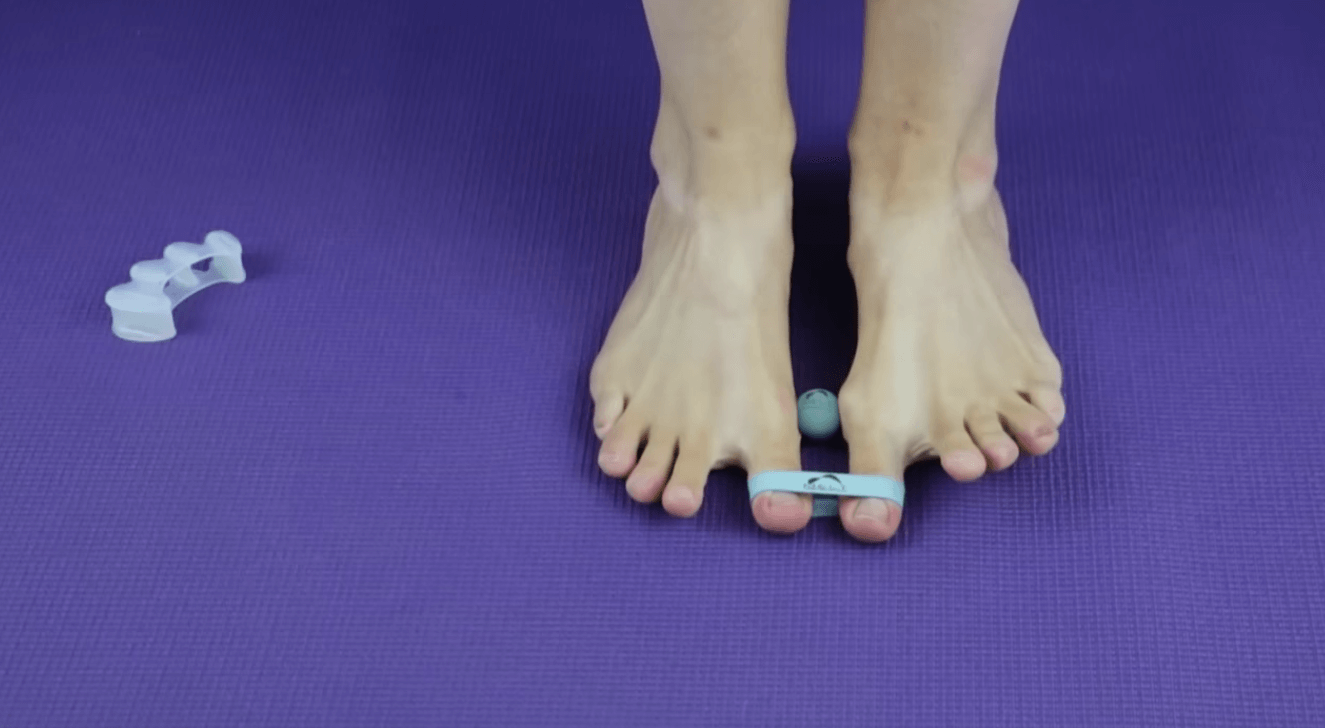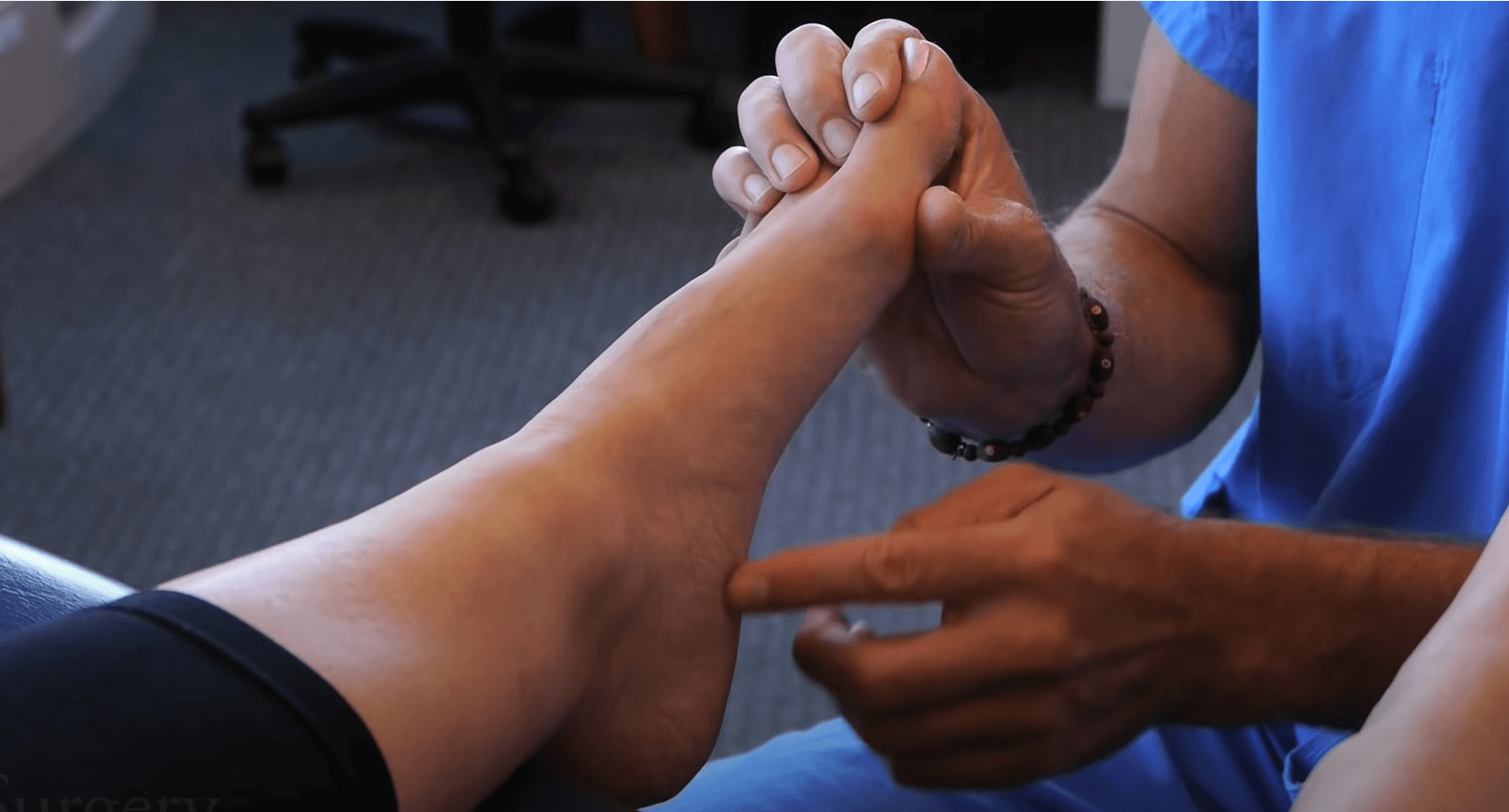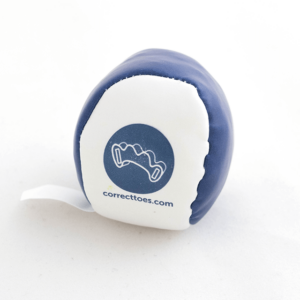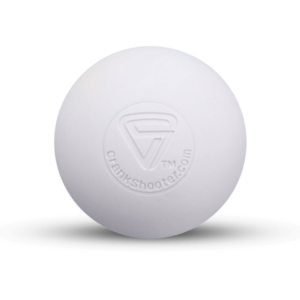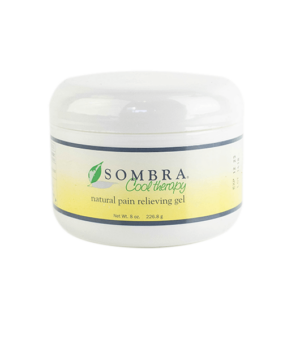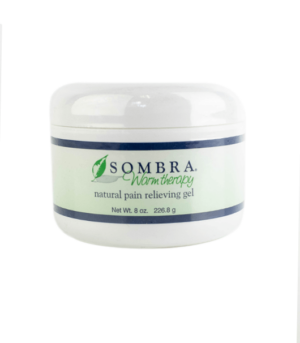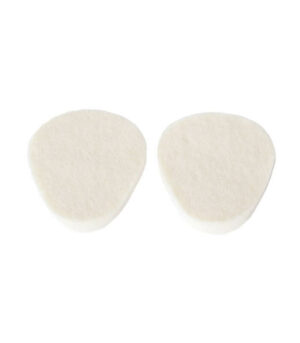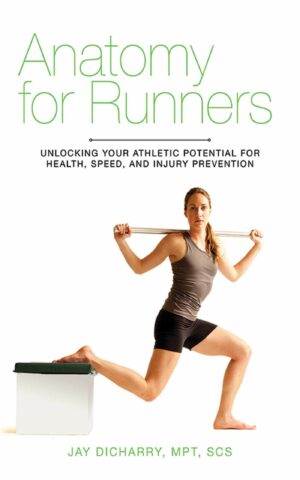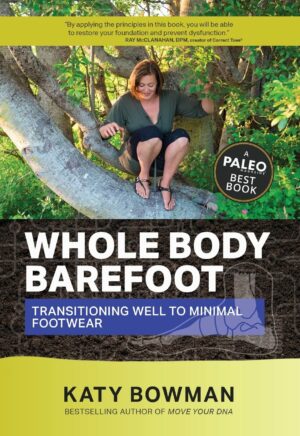You have probably heard the saying by Benjamin Franklin, “An ounce of prevention is better than a pound of cure.” Prevention is the best approach to achieving good health, but many times when it comes to painful health conditions, we do not implement strategies for prevention.
Sometimes, we do not know how to prevent a painful health condition from occurring due to a lack of education. Other times, we choose to ignore information that we do know regarding prevention, because we have not personally experienced the pain associated with the development of a preventable condition, like a bunion.
But First, What is a Bunion?
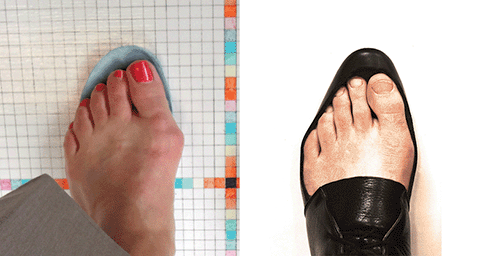
For those of you who are unfamiliar with this foot condition, a bunion is the progressive dislocation of the big toe joint, often resulting in a “bump” of exposed bone and inflamed tissue. This misalignment causes the big toe to lean toward the other toes, gradually pushing the joint out of place.
Common symptoms of bunion include pain, swelling, redness, stiffness, and difficulty wearing certain footwear. If left untreated, bunions can progress and lead to more significant complications such as hammertoes, corns, calluses, and even arthritis.
Natural Methods to Prevent Bunion from Getting Worse
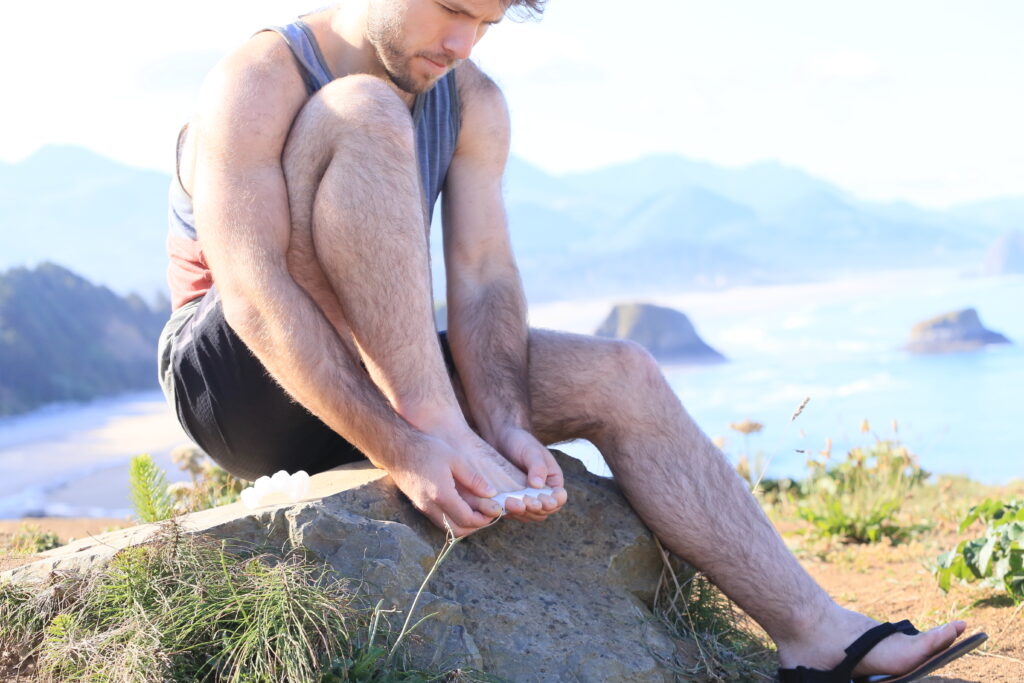
When I speak with people who have bunions, I meet a mix of people. Some have not been educated on how to prevent a bunion and have no idea their shoes are deforming their feet.
Other people understand how their footwear is promoting bunion formation, yet choose to wear shoes that hold their big toe joints in partially dislocated positions for most of their waking hours to meet the standards of fashion, attractiveness, profession/workplace, and cultural norms.
A better way to treat most bunions is to understand what caused the bunion and begin reversing or eliminating those factors. When it comes to preventing bunion progression, there are several expert tips that can make a significant difference in managing and alleviating the condition.
Let’s figure out how you can incorporate these tips into your daily routine and take the necessary measures to maintain optimal foot health.
#1 Choosing Proper Footwear
Footwear is the primary cause of bunions, so any preventive program must teach people with bunions to choose footwear that is the widest at the ends of their toes, based on the Shoe Liner Test™.
Opt for shoes that are foot-shaped and flat, allowing your toes to move freely. One of the most important steps in bunion prevention is wearing appropriate footwear. Look for shoes with a wide toe box, the widest at the ends of the toes that are completely flat and flexible.
Your footwear MUST be widest at the ends of the toes, or you will not be able to reverse your bunion deformity. Wide shoes are not sufficient, they must be widest at the ENDS of the toes.
#2 Using Toe Spacers
Bunion reversal is hastened when a toe separator is used, especially a toe separator that will accommodate greater levels of correction over time – Correct Toes is the best toe separator to accomplish this.
Creating space between the toes, toe spacers help alleviate pressure on the bunion and promote proper alignment. Correct Toes should visibly move the big toe away from the second toe. Best results are accomplished when a person with a bunion can wear Correct Toes in natural footwear all day, for all of their activities.
#3 Strengthening Foot Muscles
Performing the bunion stretch and foot strengthening exercises can help strengthen the muscles in your feet and improve foot alignment. Strong foot muscles provide better support and stability for your joints, including the bunion. Toe curls, where you pick up small objects with your toes, can help strengthen the muscles in your toes and the arch of your foot.
Calf raise, where you rise up onto your tiptoes and hold for a few seconds before lowering, can help strengthen the muscles in your arch. Towel scrunches, where you place a towel on the floor and use your toes to scrunch it up toward you, can help strengthen the muscles in your toes. Incorporate these exercises into your daily routine to strengthen your foot muscles and promote better foot function.
#4 Practicing Proper Foot Care
Maintaining proper foot hygiene is essential for good foot health. Keep your feet clean and dry to prevent bacterial or fungal infections. Moisturize your feet regularly to prevent dry skin and cracking, as this can lead to discomfort and complications. Trim your nails carefully, cutting them straight across to avoid ingrown nails.
Additionally, avoid putting excessive pressure on your bunion by choosing appropriate footwear. Avoid wearing tight or narrow shoes that squeeze your toes together, as this can worsen the bunion and cause discomfort.
#5 Maintaining a Healthy Weight
Excess weight can contribute to the progression of bunions. By maintaining a healthy weight, you can alleviate the pressure on your feet and reduce the strain on the bunion. Excess weight puts additional stress on the joints and structures of the feet, exacerbating the deformity.
Engage in regular exercises, such as low-impact activities like swimming or cycling, and follow a balanced diet to achieve and maintain a healthy weight. Losing weight, if necessary, can significantly improve symptoms and prevent further bunion progression.
#6 Opt for Low-Impact Activities
To help your feet, it is advisable to start with low-impact activities before gradually progressing to high-impact ones. This approach allows your feet to adapt to the increased stress levels, reducing the risk of aggravating your bunions.
Opt for low-impact exercises like swimming, cycling, or using an elliptical machine to maintain your fitness without compromising the health of your feet. These activities provide cardiovascular benefits without placing excessive pressure on the bunion.
#7 Regular Check-Ups with a Natural Health Podiatrist
Finally, because people with bunions have worn shoes with tapered toe boxes for most of their lives, they have caused an imbalance in many of the small arch muscles in their feet.
In the case of bunion deformity, the abductor hallucis muscle becomes overstretched and dysfunctional, and the adductor hallucis muscle becomes shortened and progressively dislocates the big toe. This requires progressive rehabilitation exercises to correct.
Regular check-ups with a natural foot health podiatrist are vital for monitoring the progression of your bunion and receiving professional guidance. They can assess your condition, provide personalized advice, and recommend appropriate treatment options if necessary.
When Should I Have a Bunion Surgery?
In my experience, pain is the most powerful motivator that gets a person to address their bunion deformity. Many people are barely observant of the subtle changes that are occurring to their toes over the course of their lifetime, but when they notice a painful red “bump” on the side of their foot, or their toes overlapping, they begin to draw attention to their feet.
Many people believe the hereditary hypothesis and allow a surgeon to cut through their bones and place plates and screws into their feet. Having performed many bunion operations, I can personally attest to the ongoing problems that many people have after this surgery, even when meticulously performed.
The greatest misfortune these people endure is the lack of education regarding how their footwear caused their deformity and will cause a recurrence of their bunion, sometimes in just a few years. It is not uncommon to have one’s bunion “removed” more than once.
The only type of bunion that cannot be progressively reversed with this program is when the big toe joint is fused and has no motion. In this situation, surgery might be a good option, and then following up with this program, which is also a maintenance program.
Bunion FAQs
1. Can you be born with bunions?
Bunions are usually not present at birth. Bunions develop over time due to various factors such as abnormal foot structure, improper footwear, and repetitive stress on the foot.
2. How to get rid of bunion pain?
You can aid bunion pain by wearing the proper footwear such as wide-toe box shoes, performing bunion stretches exercises, and by using toe spacers.
3. Is it safe to run with bunions?
A bunion can affect your running form, but it doesn’t mean it’s harmful. The safety of running with bunions depends on the severity of the condition and individual circumstances
You are likely reading this because you are like most people and have not prevented your bunion from occurring. No problem – you are normal. Don’t feel bad, very few people have been taught how to prevent a bunion.
In other words, these people did not prevent their bunion from occurring and now need to decide upon an appropriate way of addressing their partially dislocated big toe. Sadly, many of these people are told that their problem is the result of faulty genes (hereditary), and will require surgical correction, and permanent arch supports for life and is prone to recurrence. This is what I was taught, and it is not correct.
Please help us get this information out to your friends and family.
In Health,
Dr. Ray


